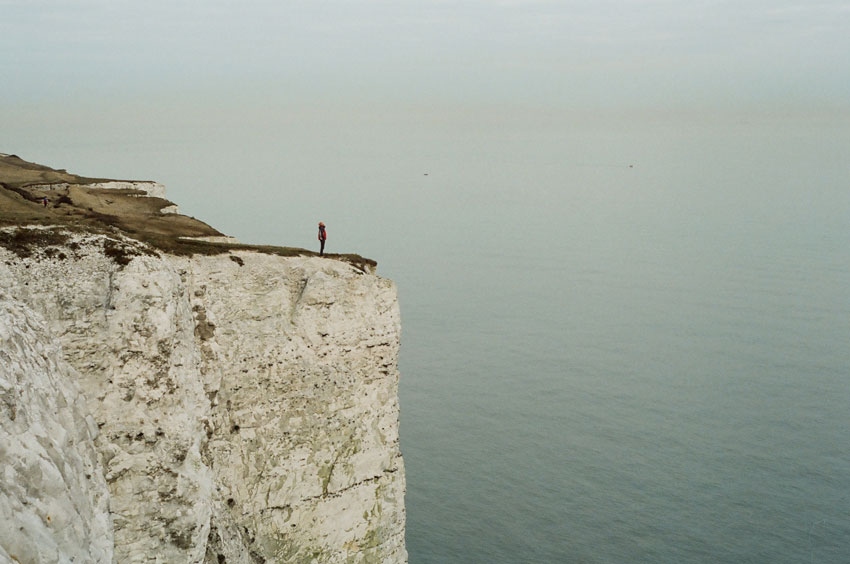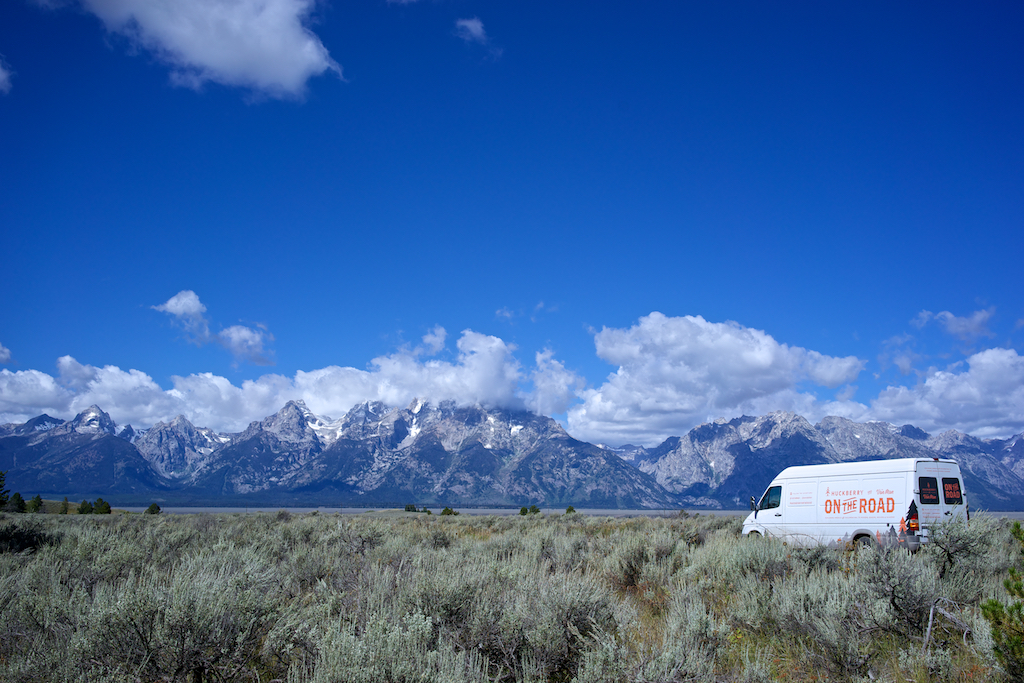Learn the Qualities and Characteristics of a Military Combat Tracker
Learn the Qualities and Characteristics of a Military Combat Tracker
![]()
While any person can learn how to follow tracks, not every individual is implanted with the specific characteristics required to be a true tracker. To produce a quality tracker, an organization must not take an “assembly line approach”. The individual chosen to perform these duties in a tactical environment needs to possess a certain set of skills and characteristics.
A tracker is a member of a cohesive and well disciplined unit, whose primary mission is to hunt down his subject, who is most likely armed, dangerous and more acquainted with the terrain and environment than the tracker or the unit he’s a member of. A tracker needs to utilize distinct mental and physical qualities that will aid him in the performance of his duties. Although not an all inclusive list, when selecting potential candidates to become future trackers, there are some key characteristics that need to be considered.
Honesty
Being truthful to one’s self and to others. As a tracker, we have to be honest in our capability as well as what we observe and report.
Humility
As trackers, we are perpetual students and must have an open mind because our environment and subjects are continuously changing. Being arrogant and egotistical is a trait that trackers cannot afford to have. Ego and arrogance will cause a tracker to fail in his mission or worse, get someone killed.
Patience and Perseverance
Never lose your patience, especially when trying to relocate a track line when it’s been lost; strive to overcome adversity.
An Analytical and Inquisitive Mind
The tracker must always be asking questions:
- Who is the subject?
- What did the subject do and what might he do?
- Where did the subject go and where might he possibly be headed?
- When did the particular incident take place?
- Why did the subject do what he did as it relates to the sign?
- How did some particular incident take place?
Acute Sensory Skills
Observation with an intense attention to detail is incredibly important, but do not negate what you hear or smell. SLLS: Stop, Look, Listen, Smell.
Mental and Physical Toughness
The tracker must be determined to do his job even when conditions get dangerous and arduous. Physically, the tracker needs to have the endurance to continue the mission until it’s been completed and the tracker has returned to base.
Personal Initiative
The tracker shouldn’t need to be told what needs to be done. He needs to be proactive, not reactive.
Aggressiveness
He needs to be the cunning hunter who is aggressively working to close the time-distance gap between him and his quarry.
Tenacity
He must be unrelenting and persistent but also flexible and resolved in wanting to find his quarry.
Self-Reliance
He needs to be self sufficient in his ability to survive in the environment he’s operating in.
Tactical and Technical Proficiency in his Profession
He not only needs to master the art of tracking, but needs to master the other skills required to accomplish his mission.
- Land Navigation
- Communications
- Basic First Aid
- Air Operations
- Patrolling
- Marksmanship
- Tactics
Excellent Fieldcraft/Bushcraft Skills
He needs to know how to survive without creature comforts.
Think Big
The tracker needs to understand the “larger picture” and the role he plays in it.
Always Learning
An attentive tracker continuously seeks out information to become better educated about his subject and his operational environment. The better the tracker understands the subject, his habits, traits, tactics, motives and aspirations, the greater the tactical advantage the tracker will have over his opponent. It’s also crucial that he gain knowledge about the local fauna and flora and how sign affects the appearance of the natural state of the environment.
Always Ready
When properly selected and trained, the tracker will be a far superior asset than any piece of technology or hardware for gathering information, interdicting a particular hostile subject or subjects and recovering lost or missing personnel. The tracker cannot be mass produced instantly and requires time and training. Once trained, a sustainment program needs to be implemented. Quality is always better than quantity. Throughout military history it’s proven that when trackers are organized into tracker units, larger combat units such as battalions and brigades increase their operational and warfighting capabilities exponentially.
Editor-in-Chief’s Note: John Hurth is a retired U.S. Army Special Forces Soldier who served with 1st Special Forces Group at Ft. Lewis, WA where he participated in multiple deployments overseas to include two combat tours in support of the Global War On Terror. He now uses his years of tracking knowledge as the owner and lead instructor of the TÝR Group where he and his staff conduct training on various tracking techniques.











Discussion